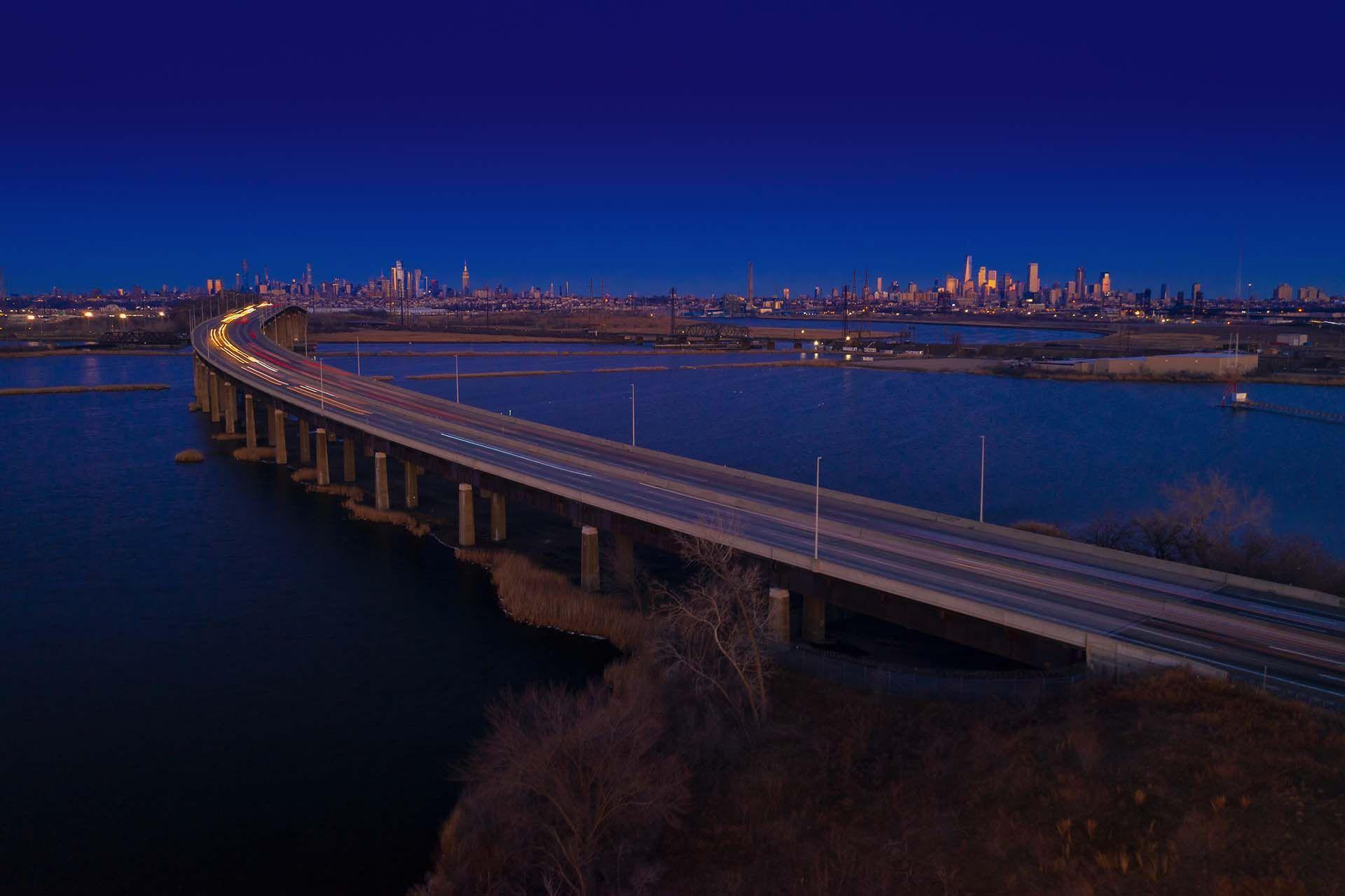
Rebuild by Design: protecting communities from climate-related flooding in New Jersey, USA
As the effects of climate change get more severe, more and more people are living in flood zones. In the devastating aftermath of Superstorm Sandy, the U.S. Department of Housing and Urban Development (HUD) enacted the Rebuild by Design (RBD) Competition to promote development of innovative resilient projects. The goal is to reduce frequent flooding caused by similar storm surges, high tides, and heavy rainfall – all the more common as our climate changes.
We’re working on two Rebuild by Design projects in New Jersey: Rebuild by Design Meadowlands and Rebuild by Design Hudson River.
Meadowlands
This ongoing project is a real-time iterative study in balancing social, environmental and community benefits, while realizing flood risk mitigation and increased resilience for communities located within 100-year floodplains. Given the complexity of combined flood risks from both stormwater and tidal surge, we deployed a multi-disciplinary approach incorporating nature-based solutions to improve the region’s physical, ecological, and economic resilience.
Each element was planned and designed to deliver holistic, complete solutions for affected communities — work that required a fully integrated team of engineers, urban planners, landscape architects, ecologists, environmental scientists, and economists.
There were four main elements to the project: the East Riser Ditch Pumping Station, East Riser Ditch Channel Improvements, Liberty Street Pumping Station and Force Main, and Parks/Open Space and Green Infrastructure. In this last element, we used nature-based solutions to address flooding by installing rain gardens, vegetation, and other green infrastructure such as a public park to absorb stormwater.
Hudson River
The United States Department of Housing and Urban Development awarded USD $230M to the State of New Jersey to design and build a multi-purpose structure at the FEMA “100-year” storm level, as well as stormwater flooding mitigation through green infrastructure and underground storage. This “Resist” structure consists of an 8,846-linear-foot alignment that is designed to reduce coastal flood risk. Ranging from 0 to 11 feet in height, multiple types of public amenities will be integrated along the alignment. The final design will also include Cove Park, a new urban public space designed on top of the structure.
Multi-benefit, integrated flood protection
Across both projects we are developing multi-benefit, integrated flood protection solutions which improve public spaces, reduce impacts to the natural environment and improve future resilience for social, environmental, and economic systems. Solutions to both inland and tidal surge flooding can be implemented separately, or together, to address a wide spectrum of risks while providing civic amenities and economic revitalization, ultimately connecting design, funding, and implementation strategies. Using a combination of community infrastructure and nature-based solutions to divert and absorb stormwater from hurricanes or other major weather events eases worries of residents along and within the floodplain, improving quality of life and meeting our mission to deliver a better world.